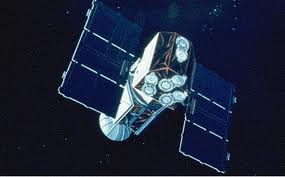Apologies for this very basic question. When driving and listening to SiriusXM, is the antenna on the exterior of my car pulling in a signal from a single satellite, or does the antenna pull from different satellites as I travel? Trying to understand why my SiriusXM reception is perfect while in motion, while my home DirecTV dish wouldn’t be able to maintain a signal if it were in motion.
Thanks!
Thanks!




